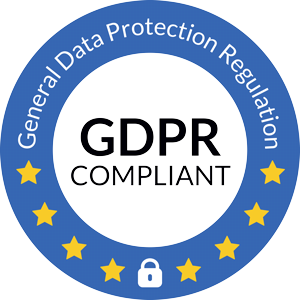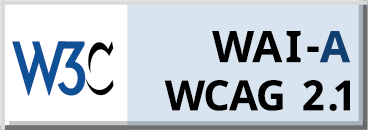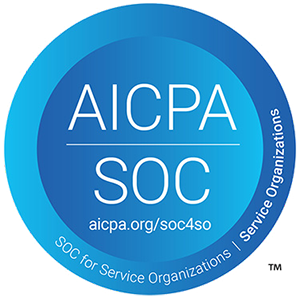Professional certifications have become essential markers of trust for employers, regulators, and industry peers and are more than just credentials — they are trust markers for employers, regulators, and industry peers. As more organizations move toward credentialing for professional training, ensuring exam integrity has become a critical pillar of program success. But with the rise of AI tools like ChatGPT, voice assistants, and real-time teleprompters, a new challenge has emerged: AI-assisted cheating during online exams.
To maintain credibility, certification bodies are taking proactive steps to stay ahead of cheaters using advanced technology. In this article, we explore how they are responding and what it means for those looking to develop certification programs that stand up to modern threats.
The Rise of AI Cheating in Credentialing Exams
The same AI technologies that help streamline learning and automate workflows are now being misused by candidates in high-stakes exams. From AI-generated answers to real-time language translation tools and even remote-controlled mouse movements, test takers are finding new ways to bypass traditional monitoring.
This has created a credibility crisis for outdated online exam conducting software that lacks the tools to detect or respond to these evolving threats. For organizations building a certification program, relying on outdated systems could damage trust and diminish the value of their certifications.
How Certification Bodies Are Responding
Forward-thinking certification bodies are shifting from basic proctoring to risk-based proctoring systems for online assessments. These systems dynamically adapt the monitoring intensity based on candidate behavior and risk level, ensuring high-risk behavior is flagged without overwhelming human reviewers with false positives.
Here’s how they’re staying ahead of AI cheaters:
1. Biometric Identity Verification
Before the exam even begins, candidates are now required to verify their identity using facial recognition, document scans, and even voice matching. This makes it harder for proxy test-takers to impersonate real candidates—a growing issue in professional credentialing platforms.
2. AI-Powered Monitoring
AI agents continuously analyze candidate behavior during the exam, detecting suspicious activities such as gaze aversion, multiple people in the room, or the use of other devices. These systems can identify patterns consistent with cheating using tools like smart glasses, audio relays, or AI whisper assistants.
3. Browser and Environment Lockdowns
Modern online examination tools now include secure browser environments that prevent candidates from opening new tabs, copying content, or accessing external applications. Some platforms go a step further, scanning the room with webcam and microphone input to detect unauthorized materials or conversations.
4. Record and Review with Intelligent Flagging
Instead of relying solely on live proctors, many credentialing certification programs use a hybrid approach. AI flags suspicious behavior for human reviewers to validate after the exam. This increases scalability without sacrificing exam integrity.
5. Audit Trails and Analytics
Comprehensive logs of user actions, clickstreams, and environment scans are stored and analyzed. If a candidate disputes a flag, auditors can refer to the full trail to make an informed decision. This transparency is crucial for programs looking to build trust in a remote testing environment.
Why Integrity Matters in Credentialing
The value of a credential is only as strong as the trust behind it. For organizations delivering credentialing for professional training, a breach in exam security can damage reputation, lead to industry distrust, and in severe cases, invalidate previously issued certifications.
A robust proctoring system also protects genuine candidates who invest time and effort to prepare. When fraud goes unchecked, it undermines their achievements and erodes the legitimacy of your credentialing certification program.
If you’re exploring how to develop a certification program, integrating secure proctoring from the start is not optional—it’s foundational.
Choosing the Right Technology Partner
When selecting a professional credentialing platform, here are key factors to consider:
-
Risk-Based Proctoring Capabilities
Ensure the platform adapts to suspicious behavior and escalates risks appropriately.
-
Biometric Verification Tools
Look for multi-factor verification using facial and voice recognition to stop impersonators.
-
AI + Human Hybrid Review
A combination of automated flagging and human judgment helps ensure accuracy and fairness.
-
Data Security and Compliance
Confirm the platform meets global standards such as GDPR, SOC 2, or ISO certifications.
-
Scalability and Customization
As you grow your online exam conducting software needs, the platform should grow with you.
By choosing the right online examination tool, you not only reduce fraud but also enhance the credibility and recognition of your certification.
Final Thoughts
The rise of AI cheating has transformed the way we think about exam integrity. It’s no longer enough to have a webcam and a live proctor. Today, certification bodies must arm themselves with intelligent, adaptive tools that can detect and deter even the most subtle signs of fraud.
If you’re looking to develop a certification program that stands the test of time—and technology—prioritize integrity. With the right risk-based proctoring system for online assessments, your credential will be more than a title; it will be a trusted signal of excellence in an AI-powered world.
.jpg)







Leave a Reply